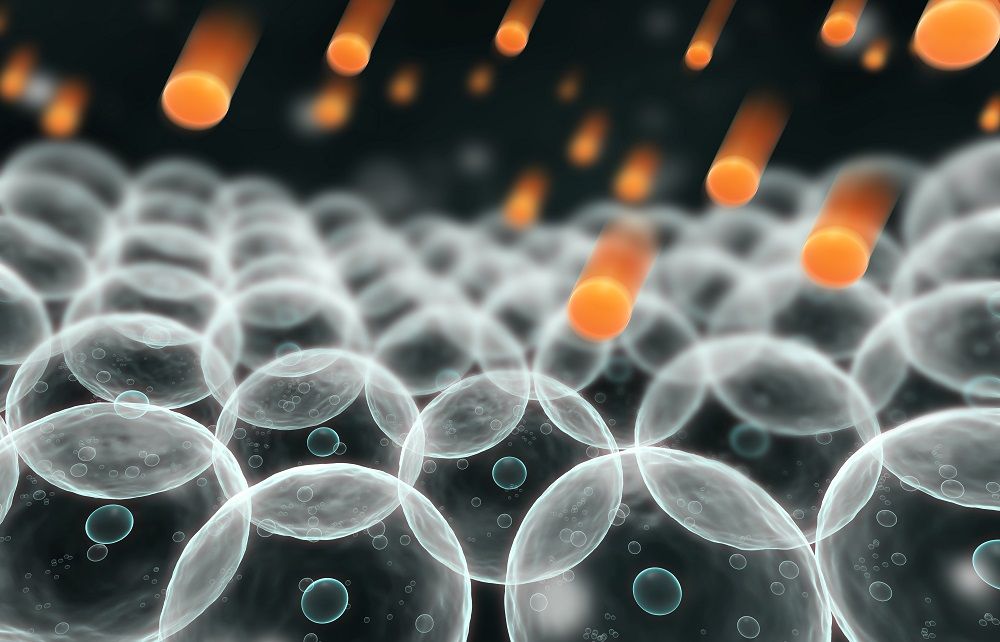Our cells face stress from toxins such as smoke, pollution, and UV light. Without stress resistance, it can cause damage & inflammation.



AGEs (Advanced Glycation End-products) are in the spotlight again as scientists implicate these toxins in inflammaging, cancer, and diabetes.
Summary: AGEs (advanced glycation end-products) are in the spotlight again as geroscientists implicate this toxic waste of our bodies in a multitude of health conditions, including inflammaging, cancer, and diabetes. Some scientists go as far as to link AGEs to an increase in the chronic inflammation which leads to heart attacks. [Cover photo: Getty Images.]. Follow us on Google+ | Facebook | Reddit. See more articles by the author at Google+.
Executive Summary
Are advanced glycation end-products (AGEs) a villain that causes chronic diseases or are they merely an innocent bystander?

Alibaba said it’s the first time a machine has out-done a real person in such a contest. Microsoft achieved a similar feat, scoring 82.650 on the same test, but those results were finalized a day after Alibaba’s, the company said.
Alibaba has developed an artificial intelligence model that scored better than humans in a Stanford University reading and comprehension test.
Alibaba Group Holding Ltd. put its deep neural network model through its paces last week, asking the AI to provide exact answers to more than 100,000 questions comprising a quiz that’s considered one of the world’s most authoritative machine-reading gauges. The model developed by Alibaba’s Institute of Data Science of Technologies scored 82.44, edging past the 82.304 that rival humans achieved.

My article with Jeff Sommers (see “The emerging field of space economics: theoretical and practical considerations”, The Space Review, December 18, 2017) raised considerable criticism regarding the Moon Treaty, particularly, the inclusion of the Common Heritage of Mankind (CHM) doctrine. Leigh Ratiner, L5 attorney during the 1980 Senate ratification hearings, had identified CHM as the reason for rejecting ratification:


Has shared some of my ideas on robots and #transhumanism, including the future possibility of AI politicians. Here’s 2 minutes from my talk at today #CongresoFuturo:
#FUTURO360 ¿Hay que darle derechos a los robots? El periodista Zoltan Istvan incluso cree que podrían gobernarnos. Mira la señal en vivo del evento en futuro360.com

In the process outlined in the paper, a robotic implant about ten centimetres long is attached to the outside of the organ with two steel ‘O’ rings fixed around the tubular sections of the oesophagus. The unit containing the motor, sensors and electronics is sheathed in a biocompatible waterproof skin and connected by cable to a wearable control unit outside the body, and mechanostimulation encourages cell growth in the area between the rings.
The results were encouraging. Over nine days the implant extended the test pigs’ oesophageal length by 77% between the two rings, not by stretching the organ but by stimulating cellular growth within it. During this period the organ also experienced normal blood flow and functionality.
It sounds like something out of Star Trek, but an international team report success with a cell-regenerating robot implant. Andrew P Street reports.

Dennis Kowalski, the president of Cryonics Institute in the United States, has made the incredible announcement that cryonics is advancing so fast that he is unable to keep up with the demand for it. The institute spearheads the process of freezing human beings by cryogenics.

Dennis spoke exclusively and said that technology is making huge advances and went on to talk about CPR and said that it would have seemed not possible only 100 years ago. He said that today people take technology for granted. Dennis used to work as a paramedic and said that the reason he got into cryogenics was thanks to a book with the title of Engines of Creation by J Robert Freitas which has the focus on nanotechnology.


At a Glance
Thousands have been evacuated from islands in Papua New Guinea after a volcano began erupting over the weekend.
Around 1,500 residents of Kadovar Island were forced to flee when the peak, which was long dormant, exploded after spending several days venting ash, Reuters reports. Officials moved evacuees to the nearby island of Blup Blup, which was later evacuated. People were then sent to the mainland.